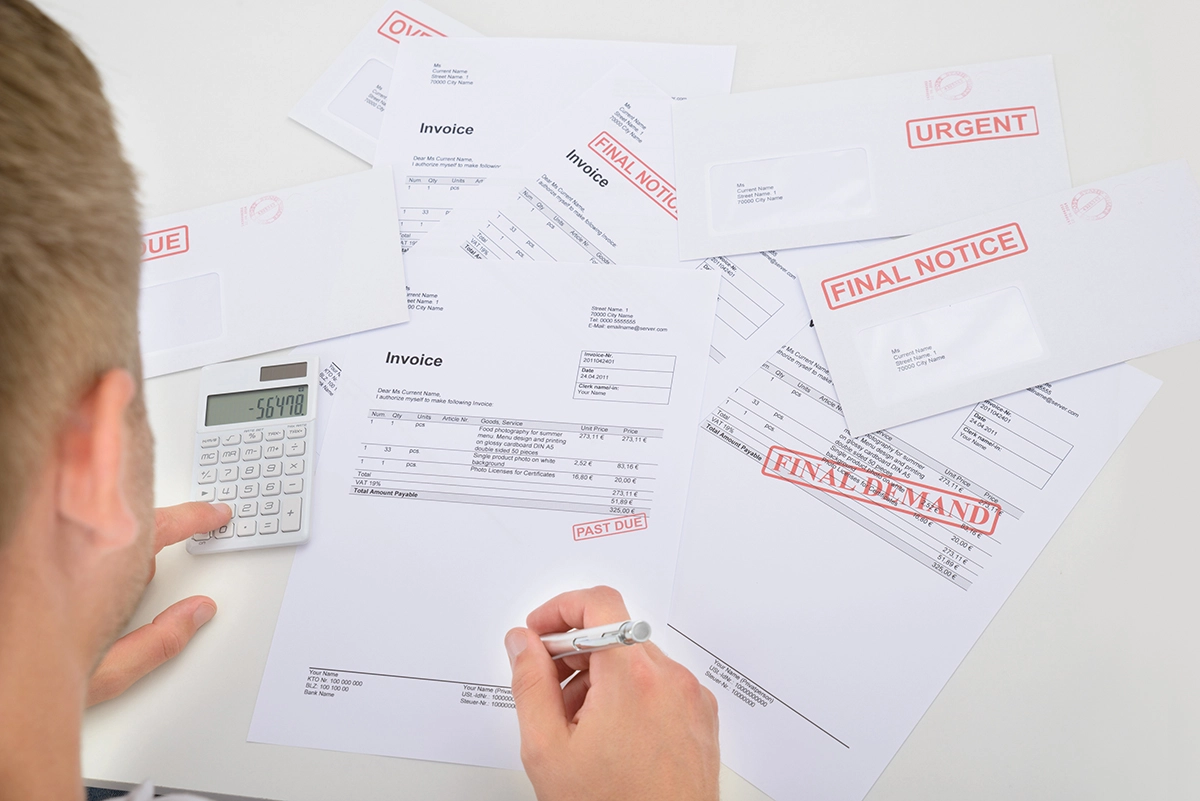There could be good reasons for an uptick in debt, but keep an eye on cash flow.
Does your company have too much debt? Two ratios — debt-to-equity and long-term debt-to-equity will tell you. The debt-to-equity ratio looks at all debt — current and long-term liabilities. The long-term debt-to-equity ratio looks only at long-term debt — those liabilities the companies owes for more than one year. These ratios are computed from your balance sheet each month.
Increasing debt-to-equity ratios mean that your company is becoming more debt ridden. The most critical ratio is the long-term debt to equity ratio. For our industry, it should be between 0 and 1. Any value greater than 1 means that the company has taken on too much debt, and it is a burden to the company.
The debt-to-equity ratio doesn’t have “an average value.” I’ve seen this ratio as high as 11 — and the company was still profitable. Most of the time, when the debt-to-equity ratio increases dramatically, it means that several large, long-term commercial jobs are in their initial stages. The company is purchasing significant quantities of equipment and materials. You’ll also see a high jump in accounts receivable, as the company bills for these materials.
Table 1 shows the debt ratios that I track each month for a contractor. It is hard to decipher what is happening in this company just looking at the numbers.
Graph 1 shows the graph of the debt ratios. It’s hard to see what is happening because there are months where the debt-to-equity ratio is high and months where it is low. The long-term debt-to-equity ratio is staying fairly constant.
Table 2 shows the trailing data, or the trend, of the debt ratios. Each point takes one year’s data and divides it by 12. For example, March’s trailing current ratio point adds 12 numbers together: the previous February through the current March, and divides that sum by 12.
Graph 2 shows the trailing data for each debt ratio. The trailing data gives a warning to the company owners: The company is adding a lot of short-term debt on a yearly basis.
The debt-to-equity ratio is increasing rapidly. If the company isn’t starting many large commercial jobs, this means that it is rapidly buying materials and equipment. This should be a warning sign: Watch purchase orders and other expenses to make sure that you don’t drain your cash reserves.
The long-term debt is staying constant on a trailing basis. Even though the company is not taking on long-term debt, it must closely watch cash to ensure that it can continue to pay its bills as it is taking on more debt.
Ruth King has over 25 years of experience in the hvacr industry and has worked with contractors, distributors, and manufacturers to help grow their companies and become more profitable. She is president of HVAC Channel TV and holds a Class II (unrestricted) contractors license in Georgia. Ruth has written two books: The Ugly Truth About Small Business and The Ugly Truth About Managing People. Contact Ruth at ruthking@hvacchannel.tv or 770.729.0258.





